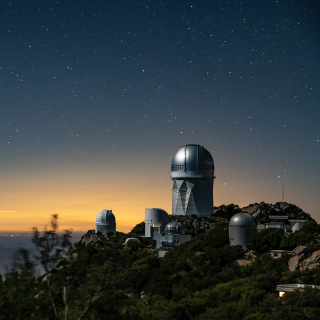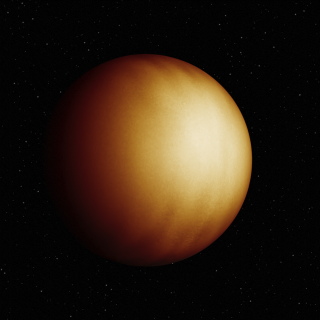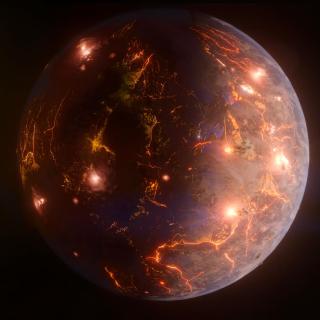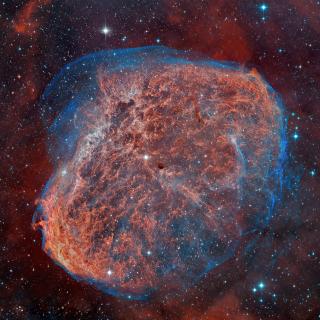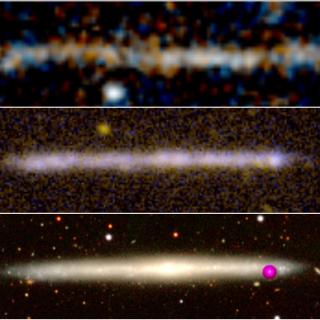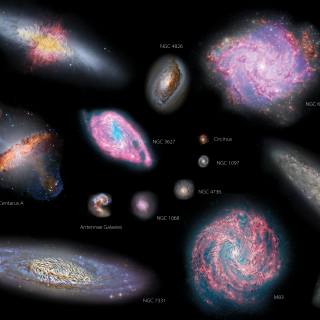
International research, with the participation of the Instituto de Astrofísica de Canarias (IAC), reveals that perturbations in the magnetic fields of galaxies may be related to star formation. The study has mapped the magnetic fields of about fifteen galaxies in the vicinity of the Milky Way. The data were obtained with the HAWC+ instrument on board SOFIA, an airborne infrared telescope on a Boeing 747 that was operational until September 2022. The results are published in The Astrophysical Journal. For decades, astronomers have studied the forces that govern the interior of galaxies -
Advertised on
